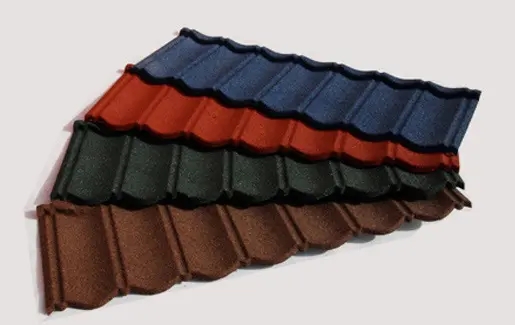
The Evolution and Importance of Tile Forming Machines
Tile forming machines have revolutionized the construction and manufacturing industries by providing efficient solutions for producing high-quality tiles used in various applications, from flooring to roofing and decorative purposes. The development and advancements in tile forming machinery reflect the growing demand for durable and aesthetically pleasing building materials. This article delves into the evolution, functionality, and significance of tile forming machines in modern manufacturing.
A Historical Perspective
The origin of tile production can be traced back thousands of years, with ancient civilizations employing manual techniques to create ceramic tiles. However, as the construction industry expanded in the 20th century, the need for efficient production methods grew. The introduction of tile forming machines marked a significant turning point. Initial machines were basic, focusing on simple shapes and designs, but as technology progressed, so did the capabilities of these machines.
Today, tile forming machines utilize advanced technologies, including computer numerical control (CNC), robotics, and automation to produce tiles at unprecedented speeds and precision. This evolution not only enhances productivity but also reduces labor costs and minimizes human error.
How Tile Forming Machines Work
Tile forming machines operate on a simple principle they take raw materials, such as clay, cement, or other composite materials, and transform them into tiles through a combination of pressing, heating, and curing processes. The essential steps include
1. Mixing Raw materials are carefully blended to achieve the desired consistency and properties. This mixture can include additives that enhance durability, color, and texture.
2. Forming The mixed material is then fed into the tile forming machine, where it is shaped into tiles using molds. This process can vary from extrusion to pressing, depending on the design and type of tile being produced.
3. Drying After forming, the tiles undergo a drying process to eliminate moisture. This stage is crucial as any residual water can lead to defects in the final product.
5. Finishing Finally, the tiles may undergo various finishing processes, including glazing, polishing, and stamping, to achieve the desired aesthetic and functional characteristics.

Benefits of Tile Forming Machines
The introduction of tile forming machines brings several advantages to manufacturers and end-users alike
- Efficiency Automated machines can produce a higher volume of tiles in a shorter timeframe, significantly boosting production rates.
- Consistency With automated processes, the quality of tiles remains uniform, ensuring that each tile meets industry standards and customer expectations.
- Customization Modern tile forming machines can be programmed to create customized designs, enabling manufacturers to cater to specific customer demands and market trends.
- Sustainability Many machines are designed to utilize eco-friendly materials and reduce waste during production, aligning with the growing emphasis on sustainable practices in manufacturing.
- Cost-Effectiveness By reducing the need for manual labor and minimizing waste, tile forming machines contribute to lower production costs, which can be passed on to consumers.
The Future of Tile Forming Machines
As technology continues to evolve, so too will tile forming machines. Innovations such as 3D printing are beginning to encroach upon traditional manufacturing methods, and the tile industry is no exception. The ability to create complex, customized tiles with intricate designs could redefine the possibilities of interior and exterior design.
Additionally, the integration of Internet of Things (IoT) technology allows for smarter manufacturing processes, enabling real-time monitoring and adjustments, thus improving overall efficiency and reducing downtime.
In conclusion, tile forming machines play a pivotal role in the modern construction and manufacturing landscape. Their evolution from simple manual tools to sophisticated automated systems underscores the importance of innovation in meeting the increasing demand for high-quality building materials. As we look ahead, continued advancements in technology promise to further enhance the capabilities and efficiencies of tile forming machines, solidifying their place in the future of construction and design.